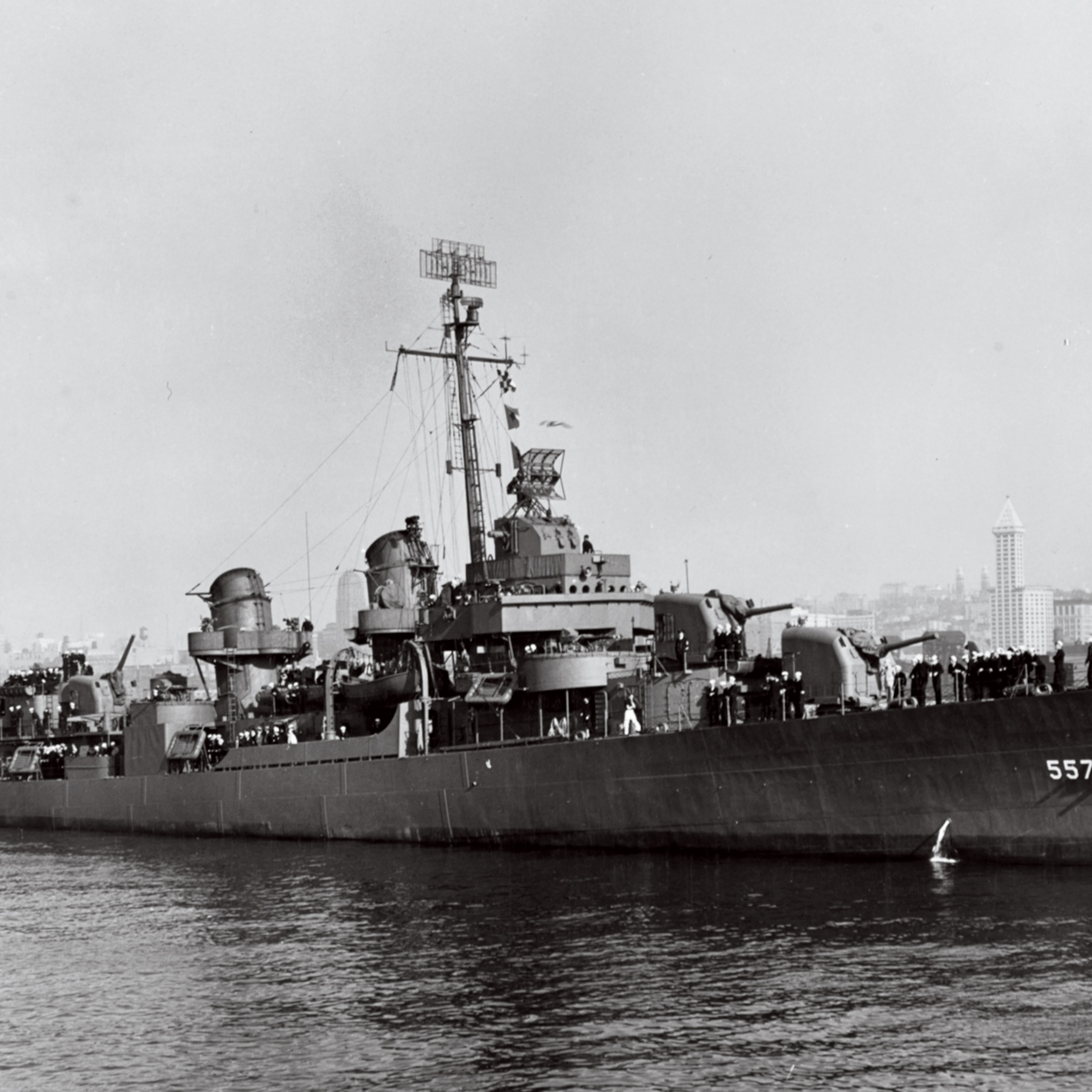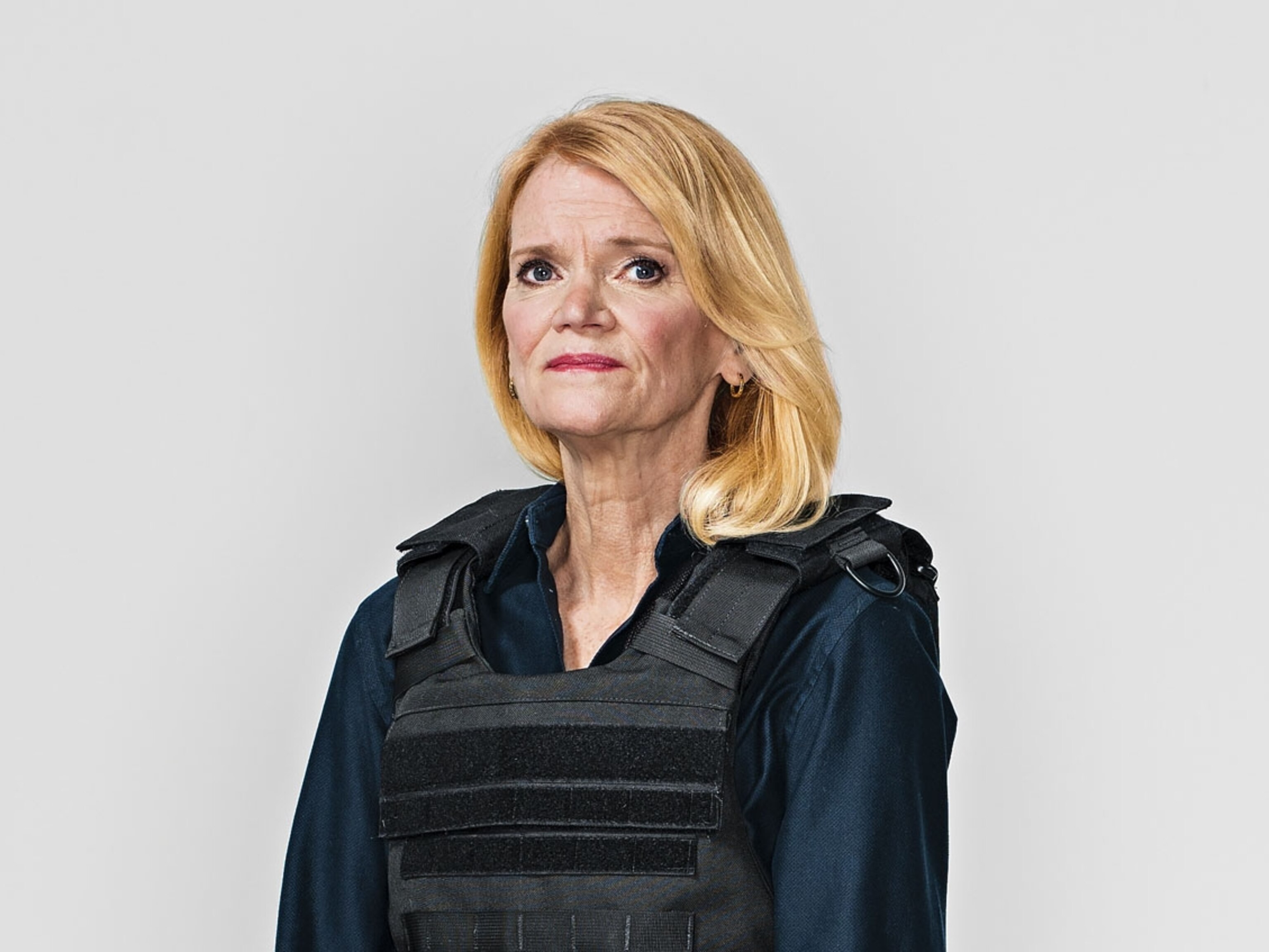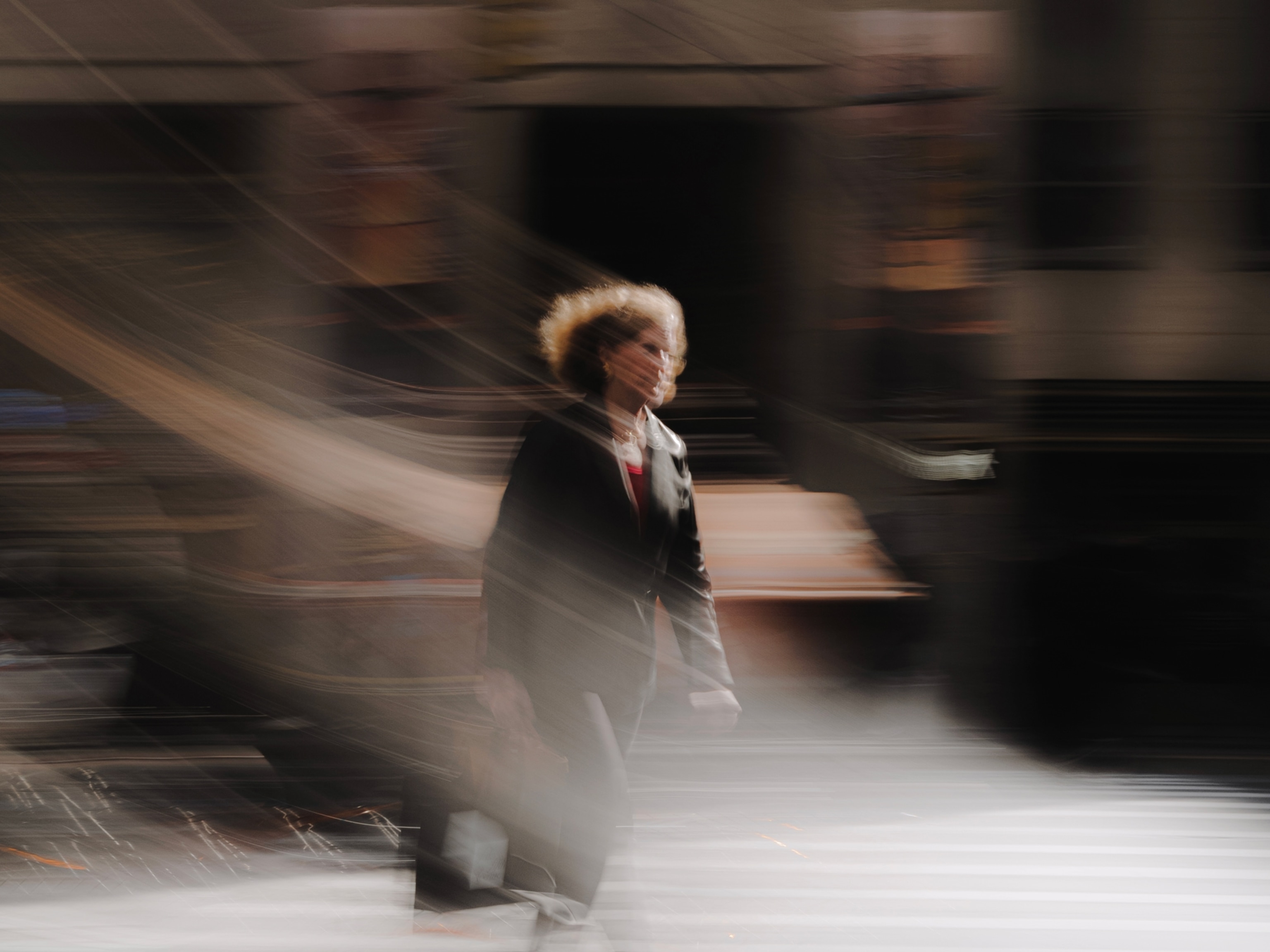
How Art Heals the Wounds of War
In making a mask, soldiers who suffer brain injuries put a face to their pain.
The cover of the February issue of National Geographic shows retired Marine Gunnery Sgt. Aaron Tam holding a mask that exposes a brain. It's a representation of Tam's own brain, a brain subjected to more than 300 blast force explosions, a brain also repeatedly probed by neuroimaging machines to diagnose his injuries.
But the high-tech machinery of science can reveal only so much. It was the mask created in a program at the National Intrepid Center of Excellence (NICoE) at the Walter Reed National Military Medical Center in Bethesda, Maryland, that exposed the psychological pain caused by blast force—the insidiously invisible and signature injury of the Iraq and Afghanistan campaigns.

National Geographic spoke with Melissa Walker, an art therapist who works with veterans to help them heal from the traumatic condition, which has left hundreds of thousands of soldiers with seizures, sleep disorders, and memory and cognitive difficulties. We also interviewed James Kelly, NICoE's director, about the program that produces such vibrant—and healing—works of art.
When did this program start?
Melissa Walker: The program started in 2010. With all the returning injured service men and women, we needed to look for additional types of treatment. At the time, I'm not so sure people understood the impact it would have. They thought perhaps it would be more of a complementary care option. I had already used the masks in an inpatient unit, and when I came here, it dawned on me I could implement that here. After a very short time, it became clear [they] were taking to art therapy.
Who are the patients you treat?
MW: They're active-duty service members from any branch of service, any age and rank. They have to have a combination of blast injury and psychological health concern.
There's something so primitive about the idea of masks, isn't there? One thinks of shamans and medicine men.
MW: Yes. Masks have been around for so long. They are drawn on caves in France.
Why is this therapeutic approach so effective?
MW: Someone who has experienced trauma has a block that keeps them from verbalizing what they've been through. There is a shutdown in the [convolution of] Broca—the part of the brain responsible for speech and language. The mask gives them a way to explain themselves. The concrete image of the mask unleashes words. It reintegrates the left and right hemispheres. Now they can discuss their feelings with their social worker or psychiatrist.

How do soldiers react at first when you ask them to make a mask?
MW: The first time you can tell there is some hesitance, but because of all the artwork being displayed, many come knowing they're going to engage in art therapy and they're excited about it—or they've gotten to the point where they're willing to try anything to get better. This is not an art class where you're going to be critiqued or graded. This is about exploration of the medium and the process. It's not the final product that's going to make this powerful. It's the process itself, and it's what they're expressing of themselves.
Describe some of the results you've seen.
MW: These are invisible wounds, and the masks have given service members a visual voice that has helped them in many areas of treatment and their lives so they're able to reflect what's going on inside of themselves, how their injuries affected them, and, for the first time, are able to see, are able to convey what they're going through. That helps with the rest of their treatment because they're able to open up in ways they were not able to before.
Can you give an example?
MW: We've seen many opportunities for service members who couldn't express their feelings to family members. It's a communication piece for both, a kind of aha moment: "So that's what you are feeling." Occasionally, we get the family here to engage together. In one instance, all the members of a family created masks that spoke to what it felt like for them to see their father experience post-traumatic stress. They were able to explain their feelings to him. You could see empathy form for each other and for their father. Tension and anger melted away. Everyone was hugging and crying. They all left feeling lighter.
Will the program be expanded?
MW: The sky's the limit. A former intern of mine has started a program at Fort Belvoir, Virginia. We've also been in touch with the other NICoE satellite centers and military facilities who have expressed interest.
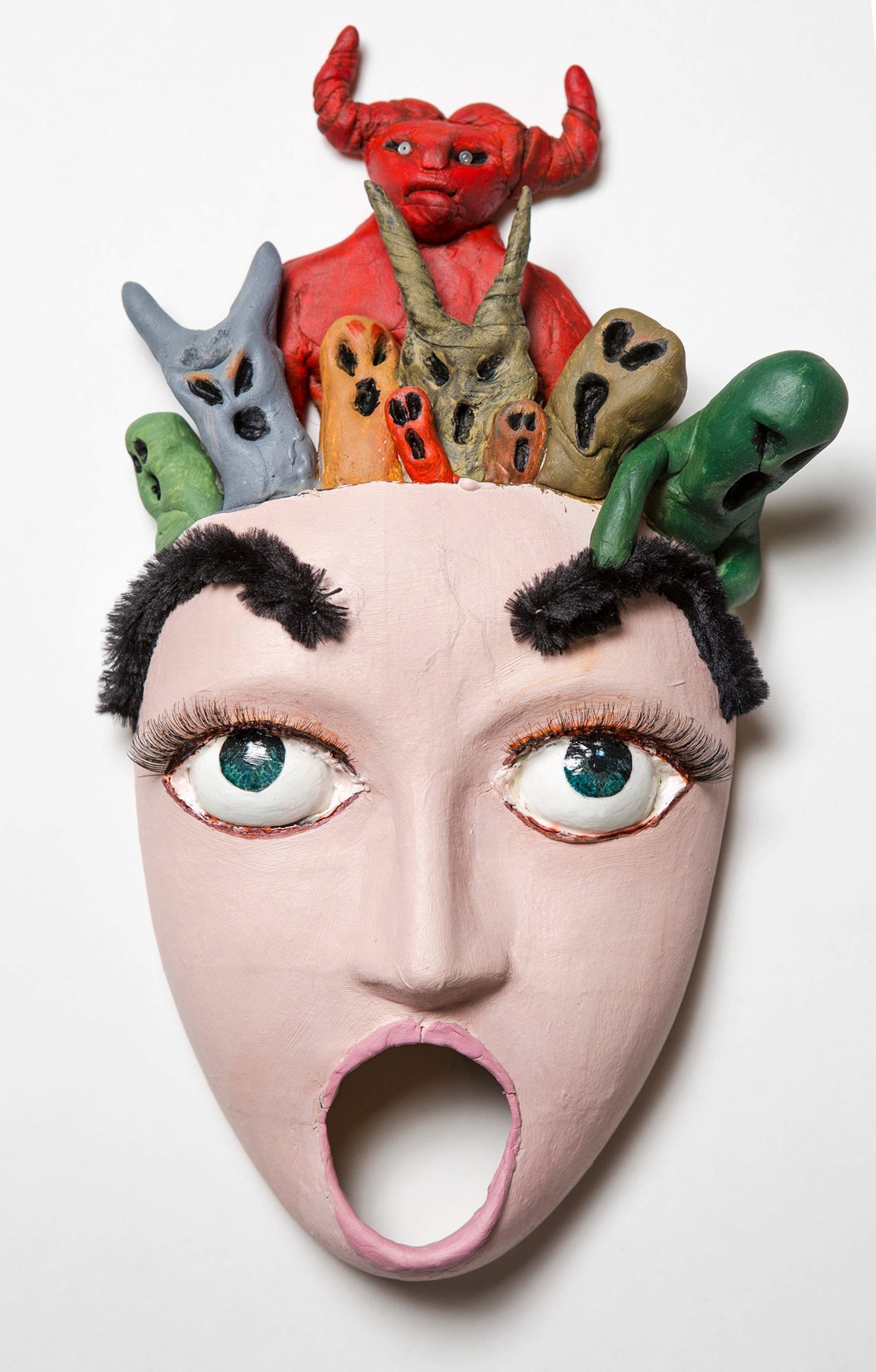
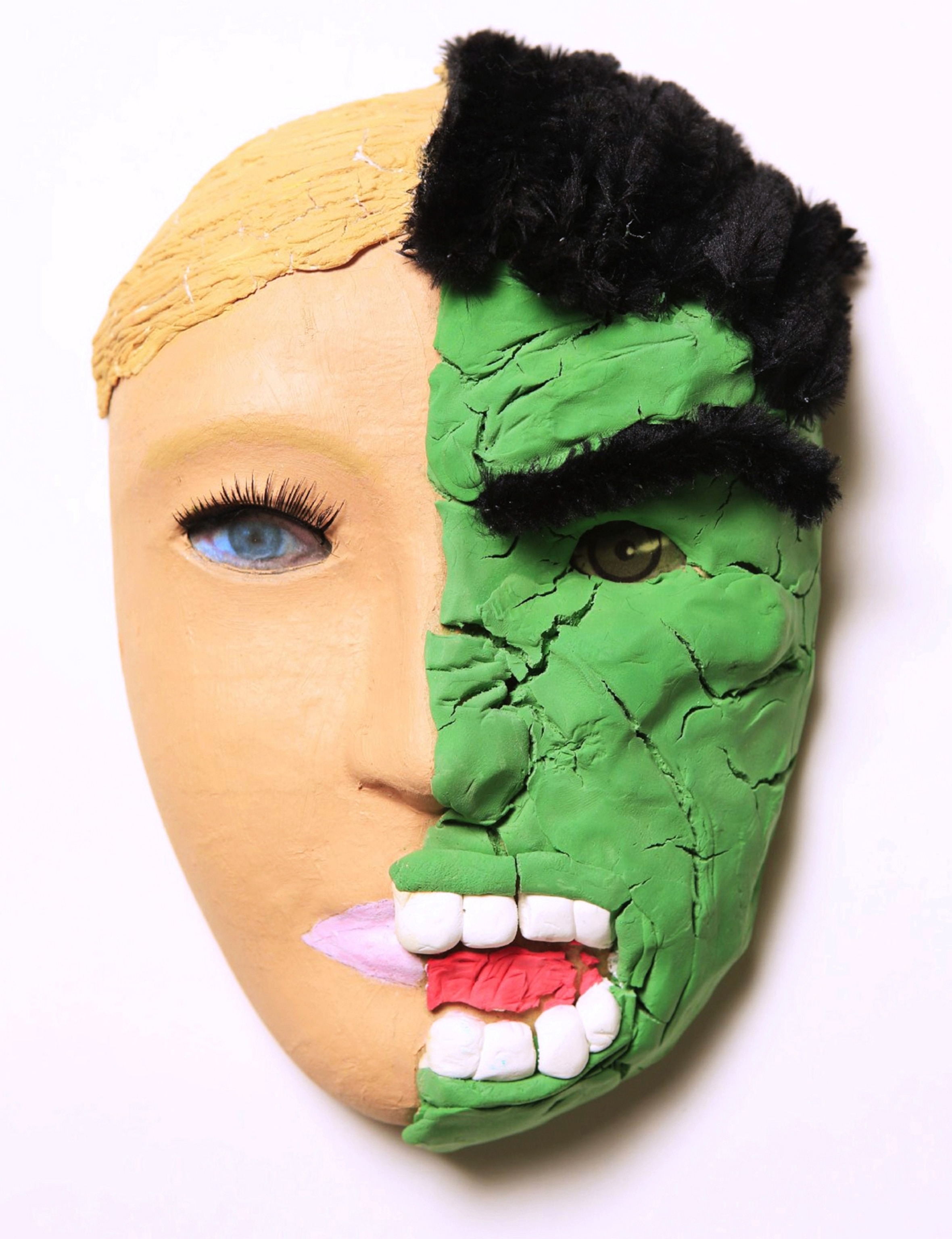
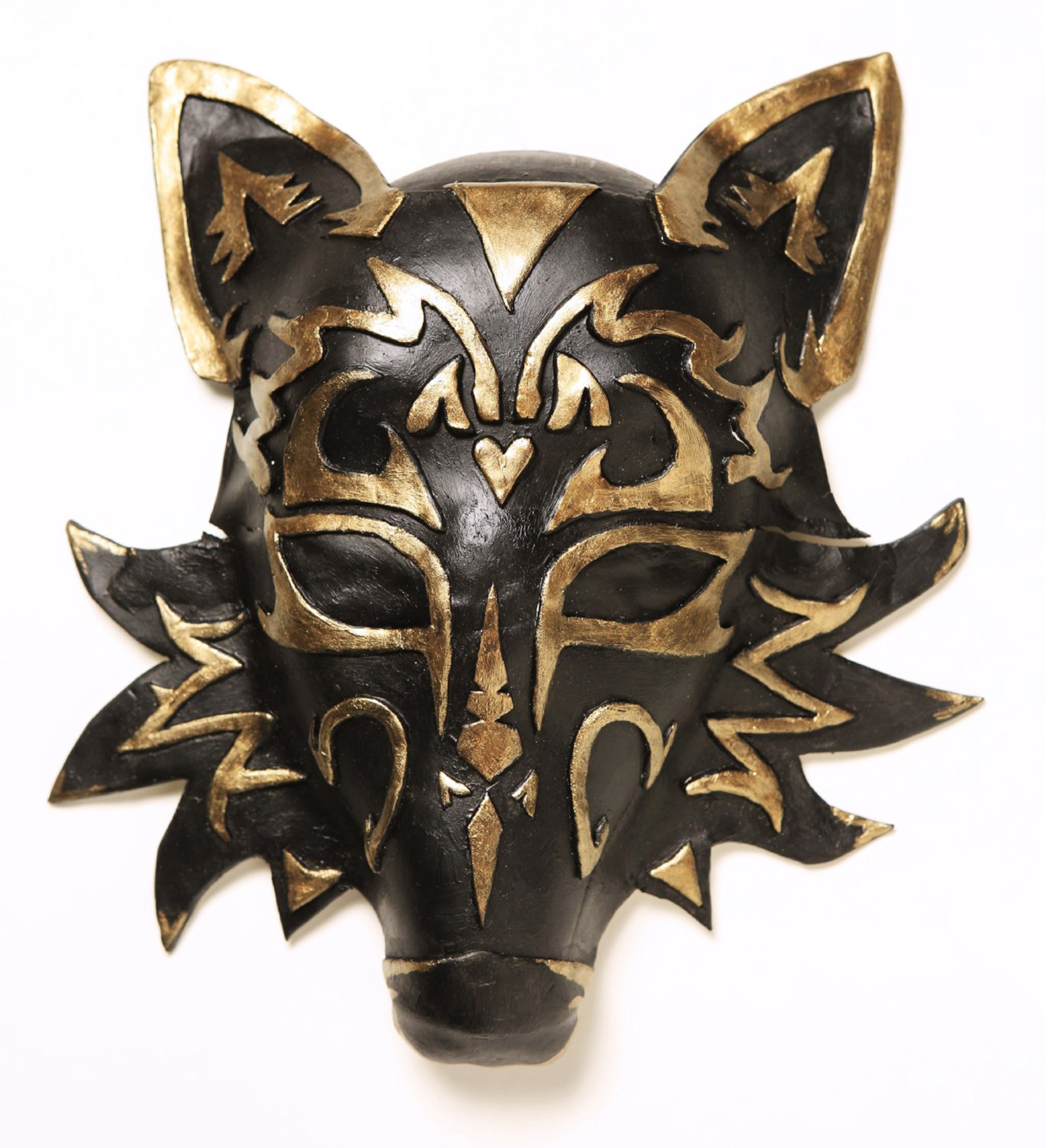
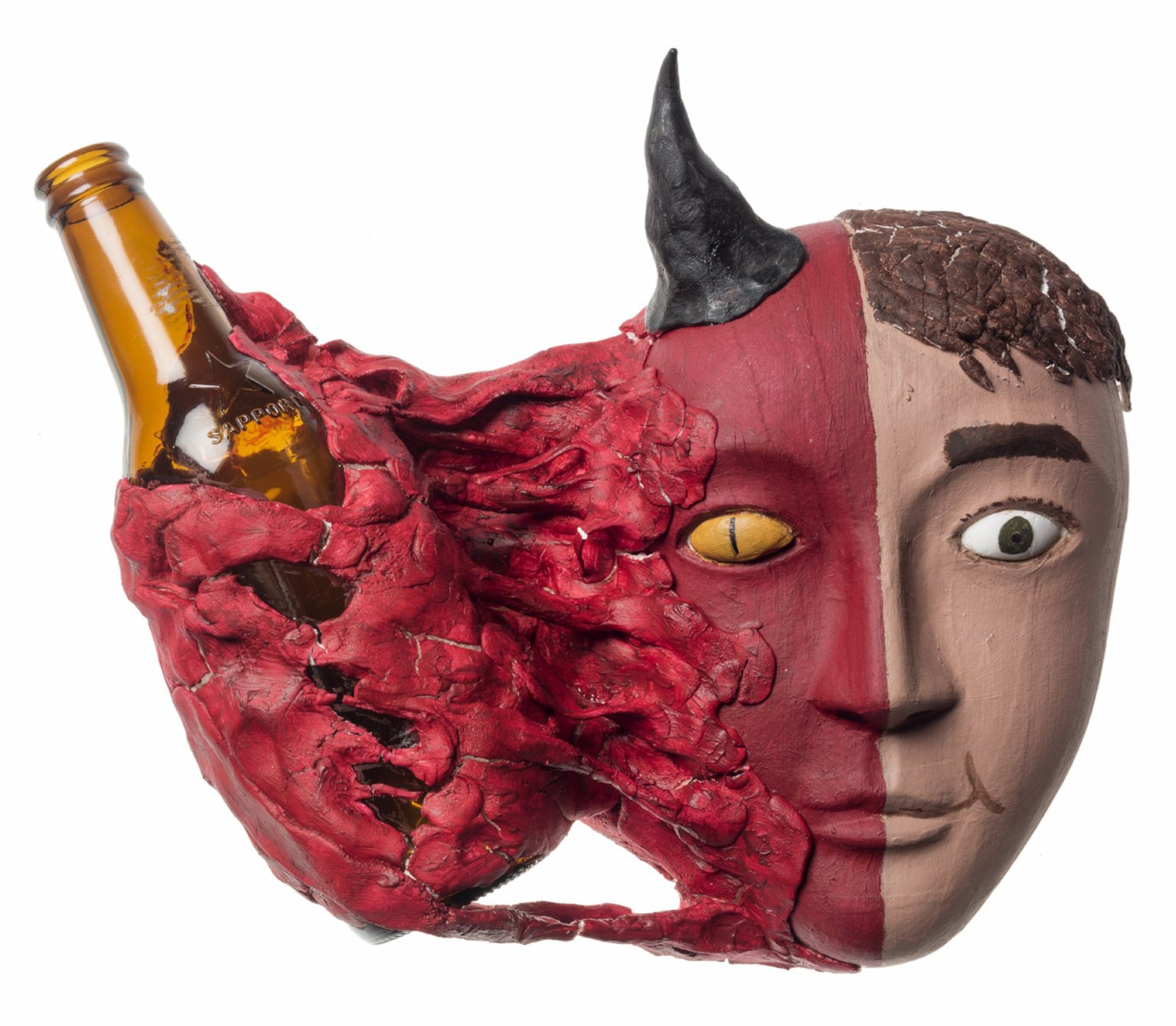
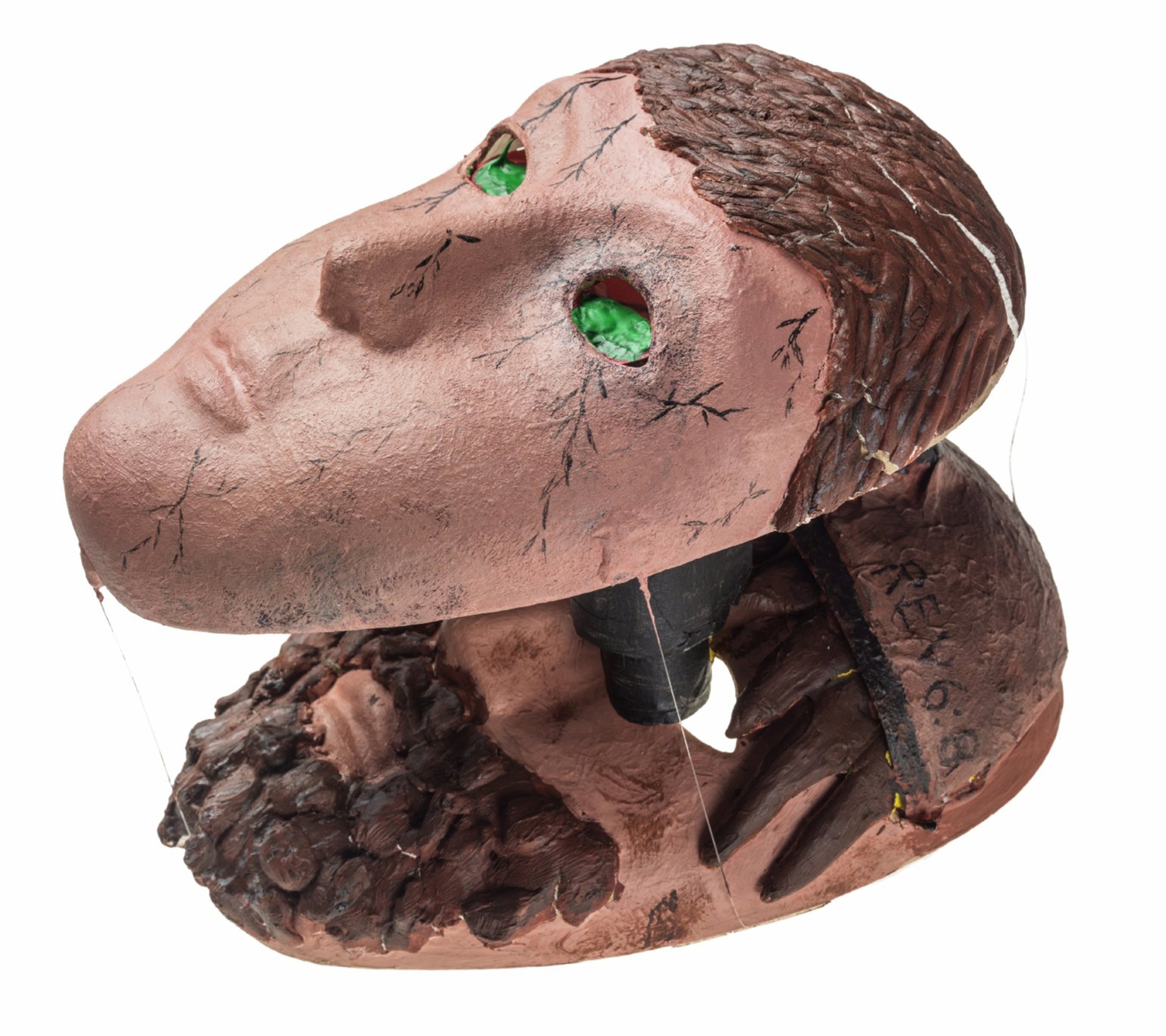
Art therapy is one part of the four-week program for service members at NICoE, isn't it?
James Kelly: NICoE was intended to fit in that niche between neurology and psychology for those with traumatic brain injury and PTSD and depression. This is a place where subject matter experts, technology, and innovative programs like Melissa's all come together. We have all the diagnostic and therapeutic interventions necessary to better understand these invisible wounds and start the treatments and see what works and what doesn't work.
How does art play into all this?
JK: My experience as a behavioral neurologist with art therapy was a more conventional approach to use art as a technique. This is a different approach that allows for insight building and expression in a nonverbal, nonthreatening way that helps the patients understand themselves and their issues better, explain them to others, and work on them. It allows for a depiction of what they're really struggling with in ways that are not just visual but truly visceral.
More than 600 masks have been created. What happens to them after the program is finished?
MW: Some will take them and continue using them in their follow-up therapy. Some will hang them on the wall of their office, as a kind of healthy talking piece. Some will leave them behind, with the sense of "now it's time to move on." Which is also healthy. And some will put them in a box in a safe place—and bring them out when they are ready.
